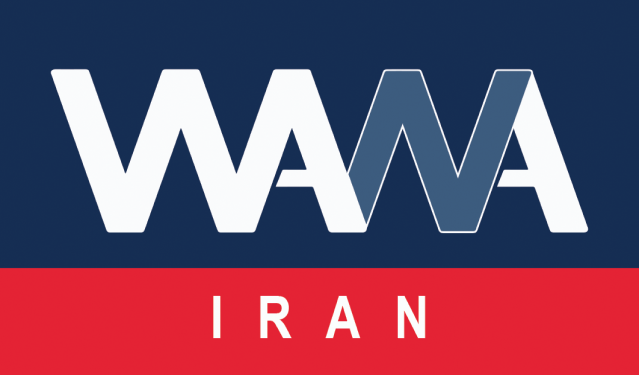Iran: World’s Second-Largest Date Producer
WANA (Feb 15) – Iran is the world’s second-largest producer of dates, with 30% of its annual production—valued at $400 million—exported to international markets, according to Mohsen Rashid Farrokhi, head of the National Association of Iranian Dates.
“Iran holds the top global ranking in terms of date variety, catering to diverse consumer preferences,” he stated, noting that Egypt leads in total date production.
Farrokhi added that this year, approximately 350,000 tons of dates—equivalent to 30% of domestic production—are expected to be exported to Muslim-majority countries around the holy month of Ramadan, generating an estimated $400 million in foreign exchange earnings.
The primary export destinations for Iranian dates include East Asian nations, the Commonwealth of Independent States (CIS), India, the European Union, and Russia, he said.
Despite significant exports, 70% of Iran’s date production is consumed domestically, with 40% of that occurring during Ramadan, he explained.
Iran’s date production is concentrated across 13 provinces, with Sistan and Baluchestan, Hormozgan, Khuzestan, Bushehr, Fars, and Kerman being the key producers, Farrokhi noted.
READ MORE:
Dates are not limited to a single use; they can also be processed into various products that you may not have heard of. These include date syrup, date nectar (date honey), liquid sugar, date vinegar, date halva, date chocolate chips, date-flavored chips, date chocolate, as well as sauces, pastes, pickles, compotes, marmalades, and jams. The particular use of date in Iranian families is with tea.












